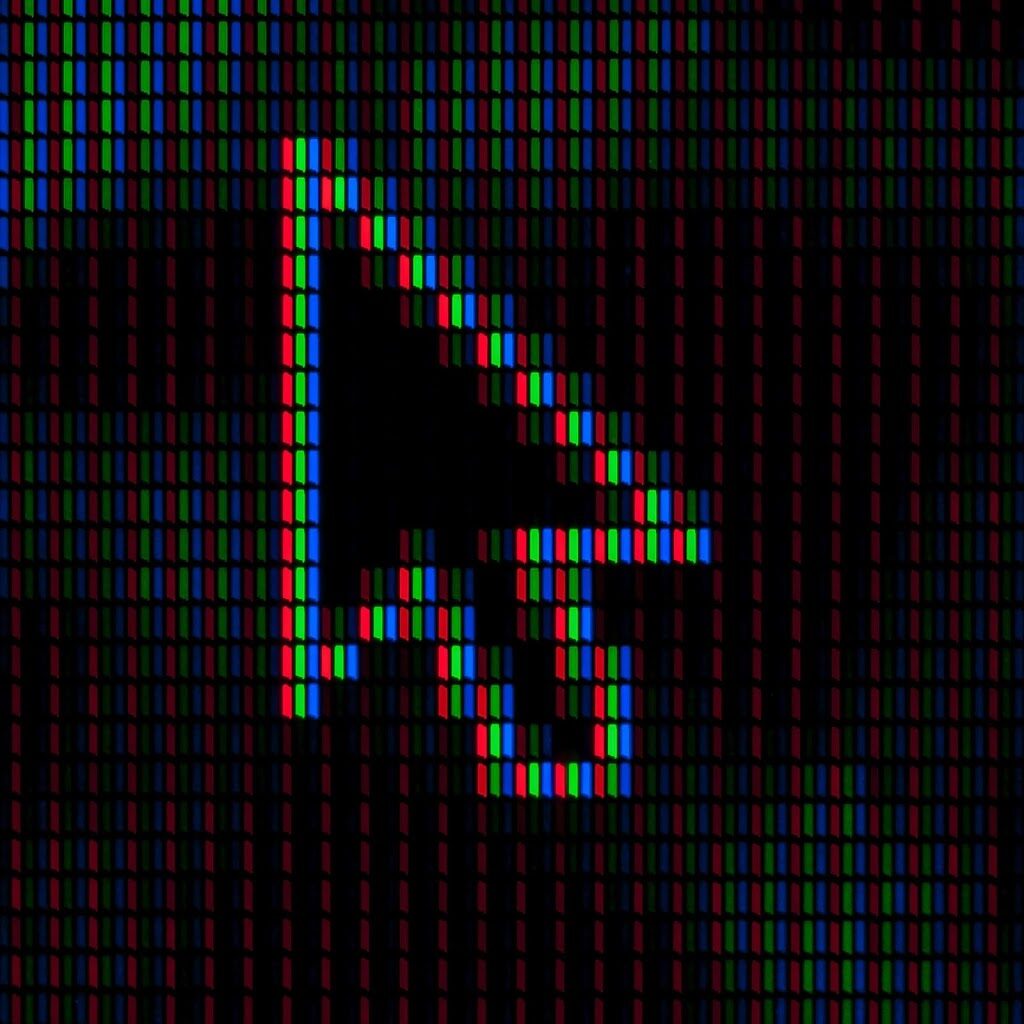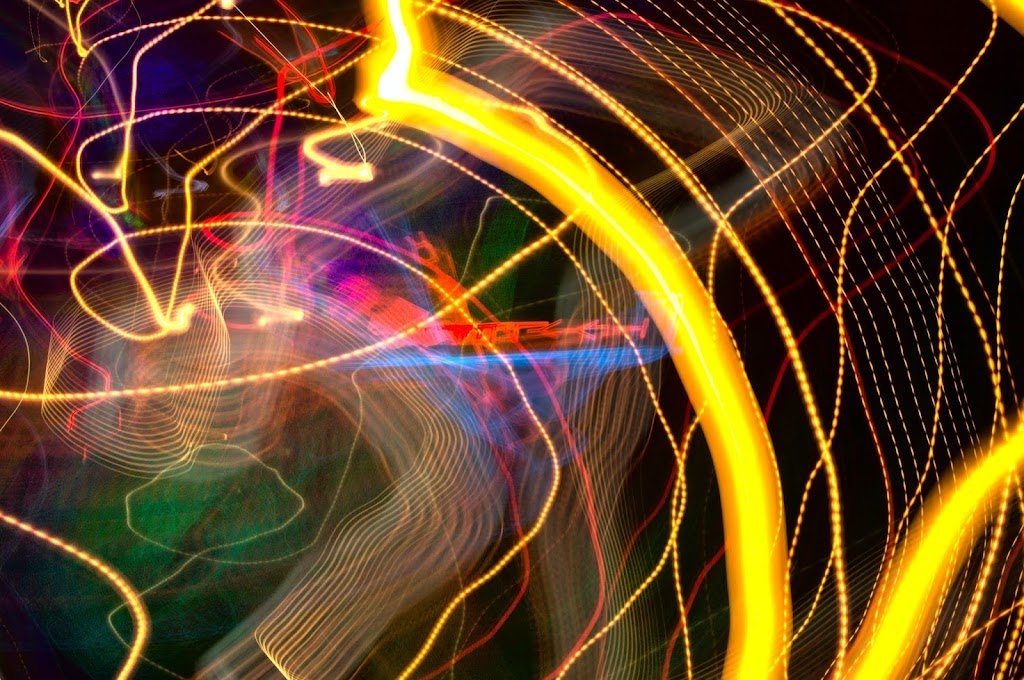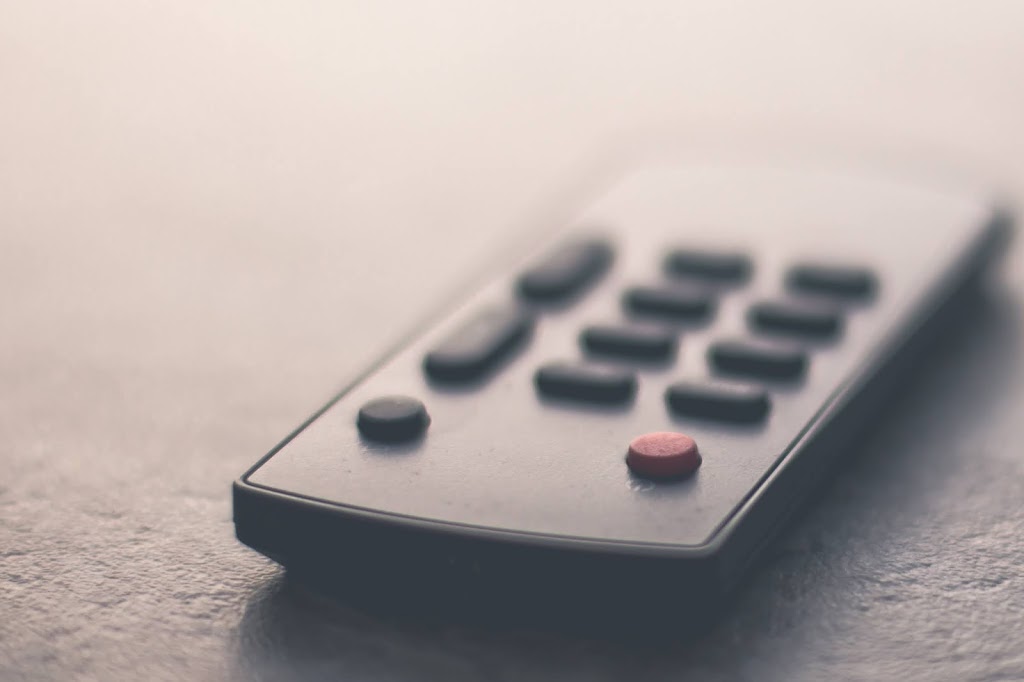Whenever we hear of pixels nowadays, our mind would go to google pixel phones. However, It has two different definitions of this term in use today. The original and classic definition of the term “pixel” could be a “picture element” contraction, a point sample of a picture. In other words, a dimensionless point or rather the data concerning the initial image at that dimensionless point. Although at a minimum, this could be information referring to the intensity of sunshine at that point (i.e., during a monochrome or “grayscale” representation of the image), a complete presentation might include information regarding both the intensity and colour at that point (in, for instance, RGB or HSI – hue, saturation, and intensity – form).
Pixels are like tiny LED lights you see on your screen, so as an example, if you have got a 1280×720p display, the quantity of pixels in a very horizontal line is 720(In a portrait display). Furthermore, the number of pixels in a very vertical line is 1280. So this makes a total of 921600 pixels on your screen: the more the pixels, the better the display. The pixels are the tiny squares of colour that altogether form an image on the screen. The resolution in the term indicates the number of pixels present in the display, and it defines the fineness of detail in the picture. Pixels are tiny and so often blend to form many shades and blends of colours. The colours in each pixel can be determined by the number of bits used to display it.
Did you know?
The human eye, a biological optical sensor, compared to a digital camera, has a resolution of about 576 megapixels.
Pixels per inch (PPI):
Now you would like to grasp what PPI is. It is pixels per inch. So in a significantly smaller screen and a much bigger screen with an identical resolution, the smaller one has more PPI. The average PPI these days is about 400. So any display above or below or close to that number is either good, bad or average. Of course, the term’s meaning has acquired use due to the development of fixed-format display devices such as the LCD, OLED, or plasma display panels. The resolution is measured in PPI.
Here, “pixel” is taken to ask the smallest addressable element within the display, capable of manufacturing the complete range of intensity and colour. As in this case, physical pixels have a physical size and shape and will be subdivided into “sub-pixels” (within the RGB subpixels typical of colour LCDs). Each pixel on a screen is formed of three subpixels, Red, Blue and Green. Some display technologies have up to five sub-pixels. The sub-pixels vary their brightness from 0 to 100% to combine the three colours, and the result is that they will display the majority of the colours within the light spectrum.
Dead pixels:
When one among these transistors is broken, the results are what people call a “dead pixel” despite it being a dead sub-pixel. Dead pixels are when a colour element is either stuck within the ON state (always red, blue or green) or not working (black). Unfortunately, the higher resolution of the screen makes it difficult to spot the dead pixels.
Though the technology is improving, pixels never disappoint us to capture live photos through high-resolution cameras: through this, we enjoy the cinematic experience and best picture quality.
Discover more from Aristoscienceworld
Subscribe to get the latest posts sent to your email.





